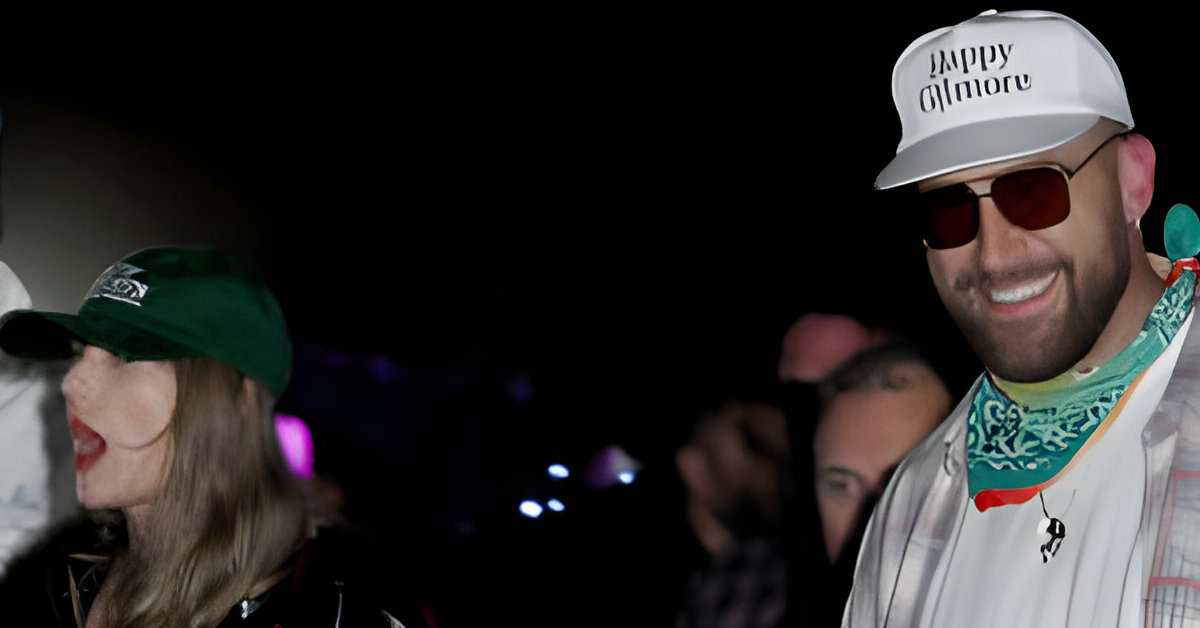Taylor Swift Fans Spark Seattle Seismic Spectacle

Taylor Swift Fans (Swifties) Spark Seattle Seismic Spectacle
Taylor Swift’s recent Seattle concert created a surprising seismic spectacle as fans danced energetically to her hit songs. Seismologist Jackie Caplan-Auerbach from Western Washington University detected seismic activity during Swift’s performances on July 22 and 23, comparable to a 2.3 magnitude earthquake. The movement caused by Swift’s enthusiastic fans even surpassed the “Beast Quake,” a previous record set by Seattle Seahawks football fans. Caplan-Auerbach noted that the ground shaking was intensified due to the concert’s extended duration. The seismic impact of Swift’s concerts has sparked interest in the correlation between music events and ground movement, revealing the dynamic connection between entertainment and science.
Swift Makes History: Taylor Swift Becomes Female Artist with most #1 Albums
Fans’ Vibrant Dancing Ignites Seismic Activity
Fans attending Taylor Swift‘s concerts in Seattle unwittingly set off seismic activity due to their enthusiastic dancing. Seismologist Jackie Caplan-Auerbach, who is also a geology professor at Western Washington University, revealed that the combination of fans’ energetic movements and the concert’s sound system generated seismic waves akin to a 2.3 magnitude earthquake. This phenomenon was particularly noteworthy as it surpassed previous ground movement records set by the “Beast Quake” during a Seattle Seahawks football game celebration.
Swift Boosts Economy: Taylor Swift’s Eras Tour Sparks Economic Boost
Caplan-Auerbach’s Curiosity Spurs Investigation
The idea to study the seismic effects of Swift’s concert arose when someone inquired on a social media group whether the concert had surpassed the “Beast Quake.” Armed with the knowledge of a nearby seismometer, Caplan-Auerbach decided to track the seismic activity generated by the concert. She discovered that the shaking was not only significant but also twice as intense as the previous record. Caplan-Auerbach decided to study both nights of the concert to compare the seismic activity, attributing the consistent shaking to the setlist’s similarity except for the two surprise songs Swift performed.
Swift Dating Rumours: Taylor Swift & Matty Healy: Dating Rumors & Podcast Controversy
Swift Concert vs. Beast Quake: A Closer Look
Caplan-Auerbach pointed out that while the “Swift Quake” was only 0.3 magnitudes stronger than the “Beast Quake,” its sustained duration contributed to its greater impact. The “Beast Quake” was a short-lived event, occurring for about 20 to 30 seconds, while the concert’s hours of energetic dancing amplified the ground movement. The seismologist’s data showed that the seismic activity was nearly identical across both nights of Swift’s concert, thanks to the uniform setlist.
Swift’s Speak Now Album: Taylor confirms ‘Speak Now (Taylor’s Version)’ album
Future Investigations and Insights
Caplan-Auerbach plans to further explore the connection between surprise songs and seismic activity by analyzing data during the performances of these unexpected tracks. She believes that discrepancies in ground movement during these segments could provide valuable insights into the impact of different songs on the audience’s energy and excitement levels. By comparing seismic data from the two nights, she hopes to confirm the uniqueness of certain songs in influencing the ground shaking.
Understanding the Science Behind Seismic Phenomena
Matt Breidenthal, director of engineering at HOK, a design and architecture firm, explained that structures like stadiums are designed to accommodate movement caused by various factors, such as crowd activities or even high winds. Buildings are engineered to withstand seismic events much more potent than those generated by the Swift concert. Breidenthal clarified that while slight movements might be uncomfortable, they are well within the structural design’s capabilities.
Stadiums’ Resilience and Comfort
Breidenthal emphasized that buildings are intentionally designed to move when subjected to external forces. He noted that stadiums and skyscrapers are engineered to remain stable even during events like concerts, earthquakes, or windstorms. Computer models are used to calculate the effects of different factors, including the number of people, their weight, and their distribution within the building. The goal is to ensure that the structure can accommodate movement while keeping occupants comfortable and safe.
Stadiums: Safe Spaces for Dynamic Events
Swift’s concerts are not the first to cause ground movement in stadiums. Similar seismic phenomena were recorded during events like a 2011 Foo Fighters concert in New Zealand and a Garth Brooks concert in Louisiana in 2022. Even the speakers at a Bruce Springsteen concert in Spain caused vibrations in the ground. While fans’ energetic movements contribute to ground shaking, engineers assure that stadiums are built to withstand such forces and ensure the safety and comfort of attendees.
The Eras Tour’s Impact and Exploration
As Taylor Swift’s “The Eras Tour” continues its U.S. leg, the seismic activity generated by her concerts in Seattle has raised intriguing questions about the intersection of music, entertainment, and science. The lively atmosphere created by fans dancing to Swift’s music has not only thrilled audiences but also resonated through the ground. This unique connection between art and science serves as a testament to the power of music to move not only emotions but also the earth beneath our feet.



